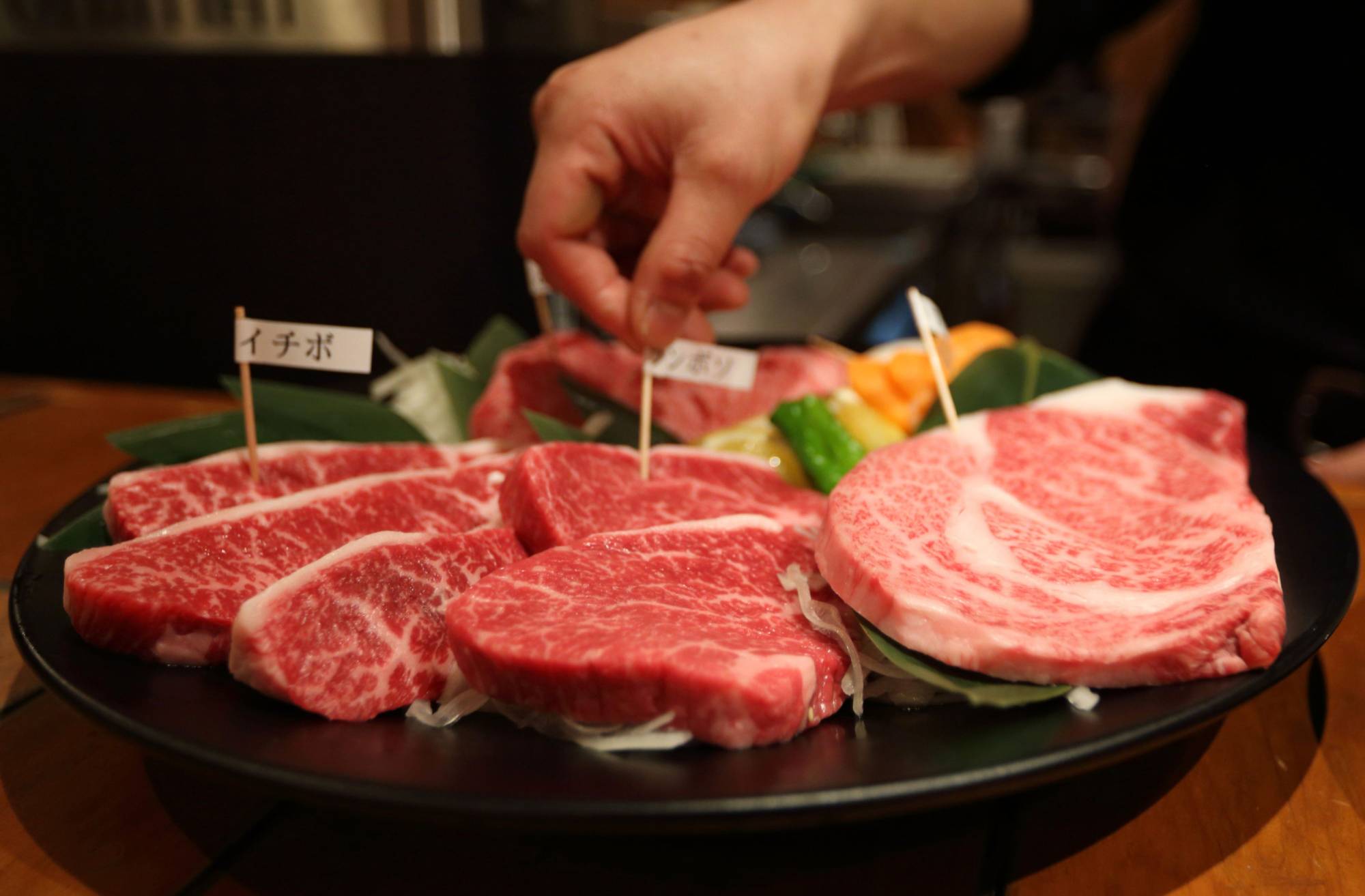With a mascot on standby — adorned with ear tags and a chef’s hat — booths manned for promotions and a host of interactive activities prepared, the 12th National Japanese Beef Ability Expo is ready to make a splash when it opens to the public on Oct. 6.
Dubbed the “Wagyu Olympics” and hosted every five years, the five-day event is expected to welcome more than 400,000 visitors, all seeking to find out firsthand which cattle and variety of beef will be crowned best in Japan. This year’s host, Kagoshima Prefecture, will see around 440 head of cattle from 41 prefectures compete in nine categories based on characteristics such as the animals’ age and gender.
Farmers and breeders have long been gearing up for this competition, the premium event on Japan’s beef industry calendar. Preparations started only shortly after the close of the previous expo, which was held in Miyagi Prefecture in 2017.



















With your current subscription plan you can comment on stories. However, before writing your first comment, please create a display name in the Profile section of your subscriber account page.